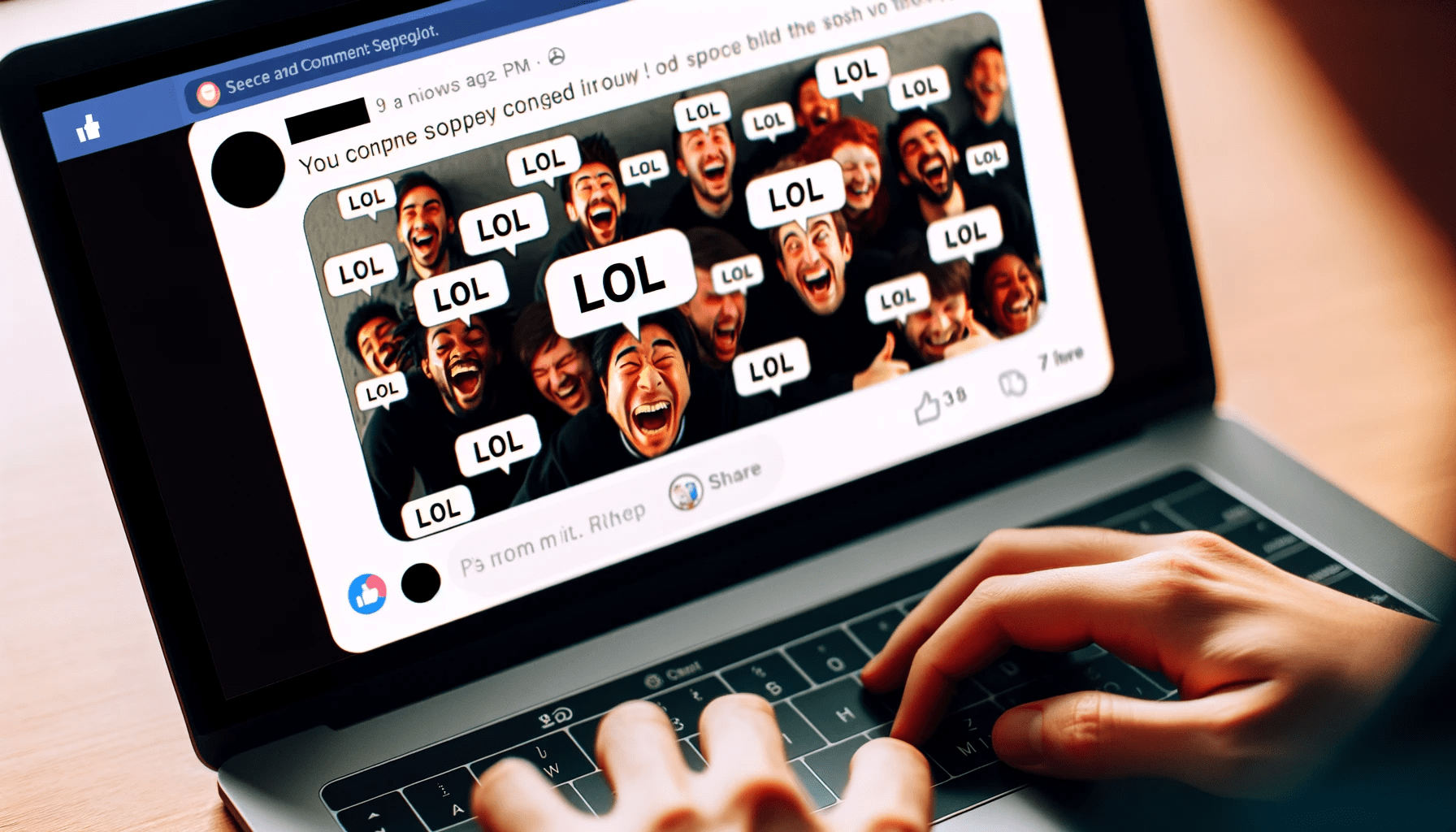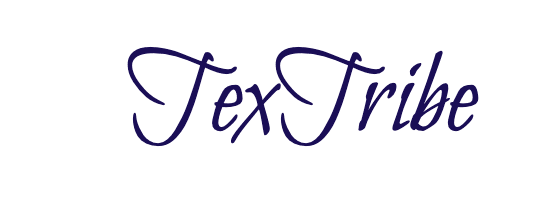LOL stands for “Laugh Out Loud.”
Definition of LOL
LOL, an acronym for "Laugh Out Loud," is a popular term used in texting and online communication to indicate that something is funny or amusing. It is one of the most recognized and widely used internet slang terms, often employed to express laughter, amusement, or light-heartedness in response to a comment, joke, or situation. The term helps convey tone in text-based communication, where non-verbal cues are absent.
Usage of LOL on Social Media
| Platform | Usage Context | Kid-Friendly | Safe for Work | Official Use |
|---|---|---|---|---|
| Common in comments to express amusement. | Yes | Moderate | Rarely | |
| Snapchat | Used in snaps and chats as a reaction to funny content. | Yes | Moderate | Rarely |
| Appears in tweets or replies to convey humor or lightheartedness. | Yes | Moderate | Rarely | |
| Utilized in posts and comments to show laughter or enjoyment. | Yes | Moderate | Rarely | |
| Text Messaging | Frequently used in text conversations to indicate humor. | Yes | Moderate | Rarely |

Origin of LOL
The term “LOL” originated in the early days of internet chat rooms and online messaging in the late 1980s and early 1990s. It was created as a shorthand way to express laughter in a medium that lacked the non-verbal cues of face-to-face conversation. Over the years, LOL has become an integral part of internet slang and digital communication, transcending language barriers and cultural differences.
Cultural Significance of LOL
LOL is significant in demonstrating how digital communication influences and creates new forms of language expression. It exemplifies the adaptation of language to online environments, where brevity and clarity are valued. The widespread use of LOL also highlights the universal nature of humor and the human need to express laughter and amusement in all forms of communication.
Variations and Evolution of LOL
- LMAO: “Laughing My Ass Off” – a more intense expression of laughter.
- ROFL: “Rolling On the Floor Laughing” – used to convey extreme amusement.
- LOLZ: A playful variation, sometimes implying multiple instances of laughter.
- These variations demonstrate the flexibility and creative evolution of internet slang related to expressing humor and laughter.
Use of ‘LOL’ in Sentences
- In a Text Message: “Just saw a dog chasing its tail, LOL!
- Description: Sharing a funny moment in a light-hearted text.
- On Instagram: Comment on a humorous post: “Can’t stop laughing, LOL!”
- Description: Expressing amusement at a funny social media post.
- In a Tweet: “My cat thinks she’s a ninja, LOL.
- Description: Sharing a humorous personal experience with a touch of laughter.
- On Snapchat: Sends a snap with a funny face filter captioned “LOL, who am I?”
- Description: Using LOL to enhance the humorous intent of a Snapchat post.
- In a Facebook Comment: “Remember when we got lost on our road trip? LOL, good times.”
- Description: Recalling a funny memory in a social media conversation.
- In a Casual Email: “Then, I realized I was in the wrong meeting, LOL.”
- Description: Relating an amusing mistake in an informal email.
- On a Forum Post: “That’s the funniest explanation I’ve heard, LOL.”
- Description: Responding with humor to a post in an online forum.
- In a Personal Blog: “I tried to bake a cake and it was a disaster, LOL.”
- Description: Sharing a light-hearted anecdote in a blog.
- During an Online Class: “LOL, yes, my dog does all my homework.”
- Description: Making a humorous comment during a virtual class session.
- In a Gaming Session: “Did you just fall off the map? LOL!”
- Description: Laughing about a funny moment in an online game.
FAQs About LOL
Q: Is LOL appropriate for professional communication? A: LOL is informal and generally not suitable for formal or professional communication. It’s best used in casual, personal conversations.
Q: Can LOL be misinterpreted in text conversations? A: While LOL is widely understood to indicate humor, its overuse or use in inappropriate contexts can sometimes lead to misunderstandings. It’s important to consider the tone and context of the conversation.
Q: Does LOL have different meanings or uses? A: Originally meant to express laughter, LOL has evolved in usage. Sometimes it’s used to lighten the tone of a message, to show politeness, or even as a filler in conversations. The specific meaning can depend on the context and the relationship between the communicators.

